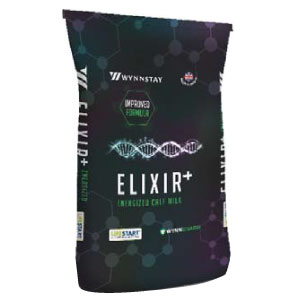How Digestible Is Your Milk Replacer?
- 6 Oct 2021
- 0 Comments

The intestine of a calf is still developing throughout the first few weeks of life, and production of digestive enzymes are increasing with age. The calf doesn’t obtain all the nutrients available in liquid feeds for a period after birth.
The digestibility increases with advancing age and maturation of the calf’s gastrointestinal tract.
Quigley et al., 2021 found that digestibility of dry matter, nitrogen, and fat increased until approximately 30 days of age, after which no further improvement was observed. Providing a milk replacer with the highest quality ingredients possible is most important for youngest calves in the first 30 days of life.
Fat digestibility is affected by fat source and method of processing and emulsification.
Estimated digestibility of N for whole milk and all-milk-protein calf milk replacer ranged from 83% at 1 d of age to 93% at 29 d of age.
Digestibility of N early in life was lower as a proportion of mature N digestibility, which may be related to the relative immaturity of the gastrointestinal tract and pancreatic secretions (Guilloteau et al., 2009).
However, the rate of increase of N digestibility with age was greater than that for other nutrients, suggesting that maturation of protein digestion is rapid.
Wynnstay SuperNova and Elixir+ both offer optimal digestibility for young calves.
- 100% dairy protein powders
- High in Energy
- Emulsified fat sources
- Close in composition to whole milk. Reducing transition issues on to powder












